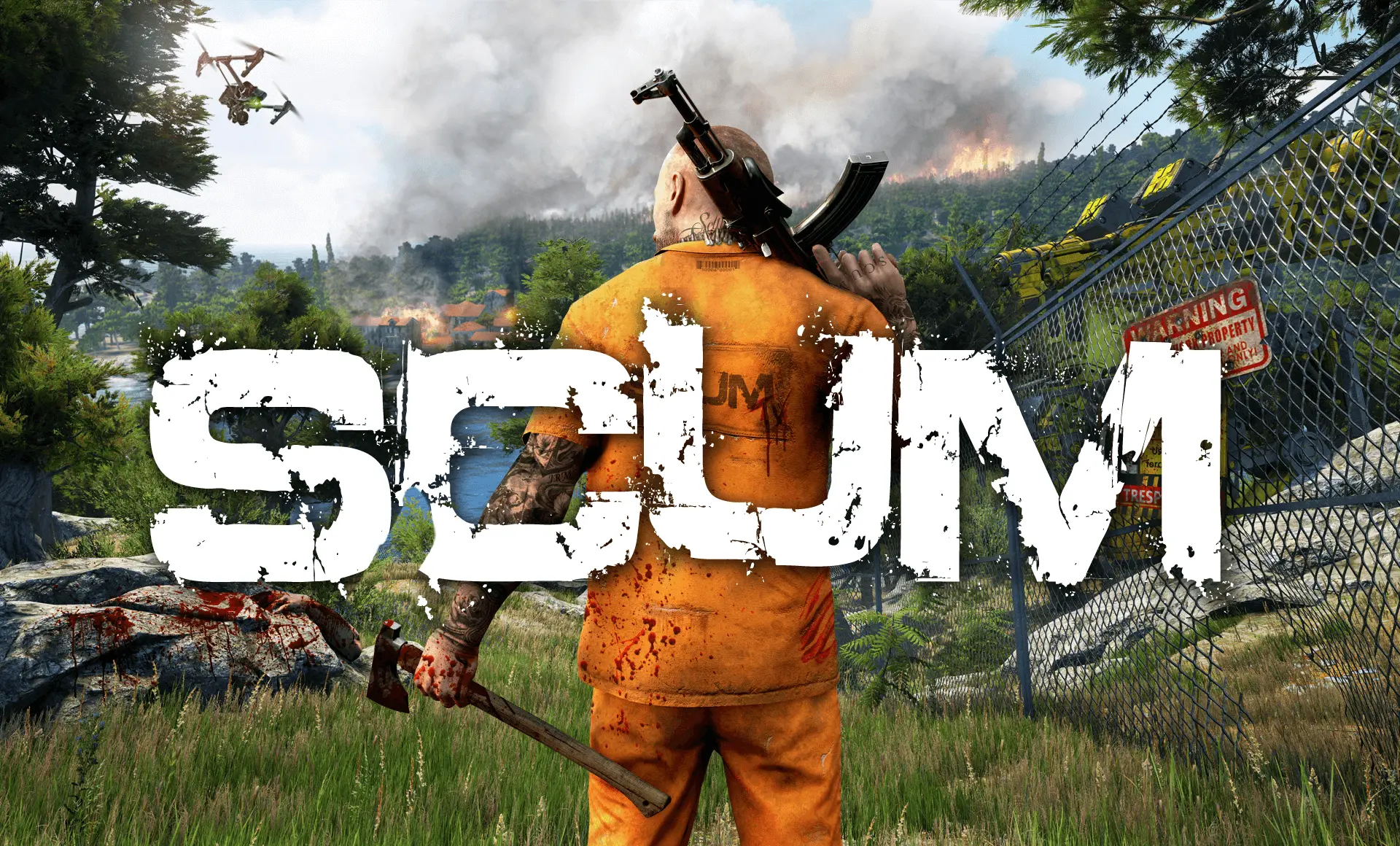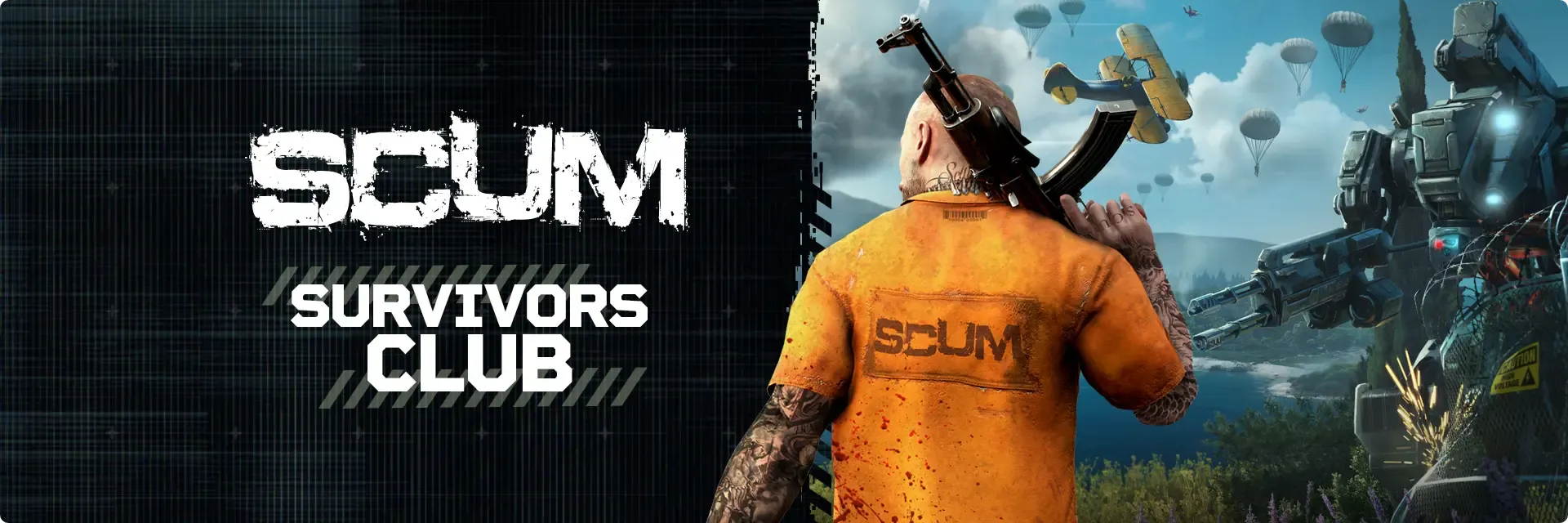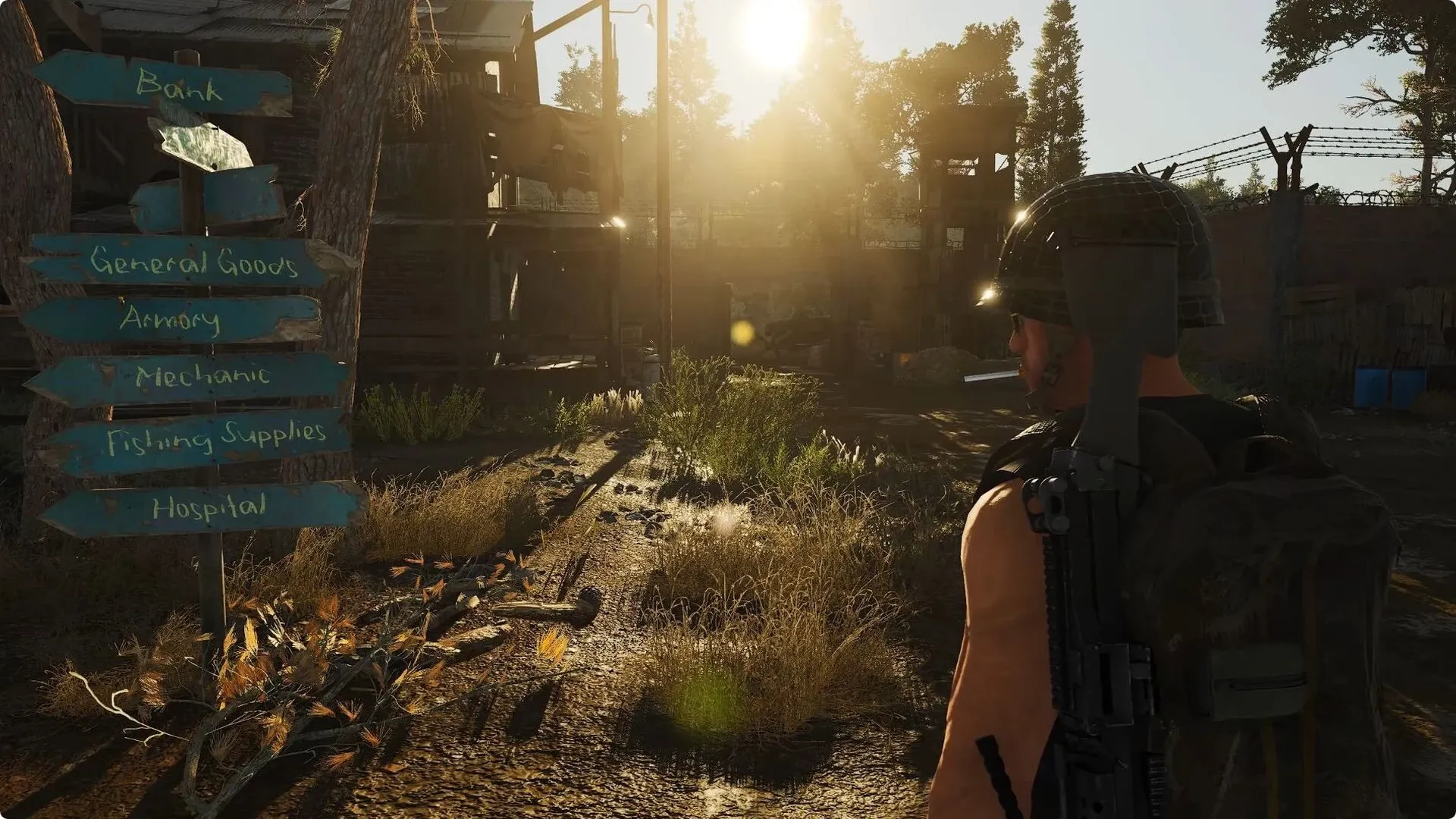

SCUM, the brutally immersive title from Gamepires goes further than most games in the survival genre. It dives deep into hyper realism, asking players to manage everything from nutrition and infections to, well, let’s just say some very personal bodily functions.
SCUM’s hardcore approach hasn’t put players off. In fact, it helped the game build a loyal following right from the start.
Back in 2018, the survive ‘em up shifted 250,000 copies in its first 24 hours in Early Access. By the end of its first week, that number was 700,000. It went on to reach the magic million mark after just three weeks.
SCUM continued to cook in the game dev oven until 2025, by which point it was ready for full launch. Version 1.0 represented a massive upgrade, introducing armed NPCs, revamped visuals, improved performance and a complete overhaul of the vast prison island environment.
Seven years is a long time in a game’s lifecycle. Reintroducing a title that many people have been familiar with for so long was a challenge. Matija Jagodić, Head of Marketing at Gamepires:
The game’s been in development since 2016. For launch, the challenge was creating new interest for a title that many people already knew, or thought they knew.
To pull it off, Gamepires and publisher Jagex teamed up with Lurkit to build a creator campaign that would both excite the game’s existing community and grow the audience.
That meant re-engaging longtime players who may have lapsed and bringing in new creators, including genre fans who hadn’t previously played SCUM.
The project window was short. With the game’s release date announced at Summer Game Fest on June 7, the Lurkit team had just over a week to secure creators, activate the campaign and deliver results by the June 17 launch date.
With a revitalized game and an objective to get SCUMv1.0 into Twitch’s top 10 on day of release, our team got to work.
Lurkit and Gamepires worked closely together to design a comprehensive campaign that encompassed Paid Quests and Campaigns, organic key distribution and SCUM’s existing Creator Program, known as the Survivors Club.

When it came to selecting creators for this project, it wasn’t all about the numbers. Instead, finding creators who were fans of survival games or action genres was much more important.
It wasn’t just about scale. It was about finding the right creators. People who understood the genre, who cared about the experience and who’d take the time to explore the game properly.
The strategy focused on two core elements. A Paid Campaign targeting high-reach creators and a series of Paid Quests aimed at the mid-tier segment. Both ran throughout the launch window.
For the Paid Campaign, our team handpicked a range of creators across tiers and territories, with a focus on those with roots in survival and action genres. Some were long-time SCUM players returning to the game, while others were fresh faces discovering the game’s complexity for the first time.
We didn’t want creators who were just going to run through the game and log off. We looked for people who’d get stuck in, dig into the systems and show their audiences the depth.
Big-name talent included streamers like Summit1G, Forsen and Kotton, some of whom had covered SCUM in its early days and were now returning to a completely overhauled experience.
Others, like LVNDMARK, more known for his action-heavy content than survival sims, stepped into SCUM for the first time. This coverage helped bring the game to new audiences, creating buzz beyond the usual survival game circles.
Lurkit’s Paid Quests activated a broad set of creators. This aspect of the project engaged mid-size creators with loyal communities, supporting the game’s visibility while boosting organic reach.
To further drive excitement, Gamepires took a hands-on approach. Jagodić himself spent hours in streams during launch, distributing free keys and chatting with their communities.
I jumped into streams and dropped key codes to reward those watching. Occassionally I was even accidentally banned when I posted keys, so I had to start whispering the mods first!
The team also distributed keys through Lurkit’s platform to creators outside of the paid program. Applicants needed only a modest audience, around 25 average viewers on-stream or 200 views for VODs.
Key veterans from SCUM’s early years also returned to the spotlight.
There were creators we’d worked with in the past who knew the game inside out. Others had never touched it before but got hooked after their sponsored sessions and kept playing for free all week.
Even those who didn’t log huge numbers made an impact. Some creators played just a couple of hours, but they had fun and left a strong impression on their communities. That mattered just as much.
SCUM v1.0’s launch campaign drove massive visibility across Twitch, YouTube and TikTok, both during launch week and well after.
On Twitch, the Paid Campaign delivered more than 492,000 hours watched. Standout performers included:
Meanwhile, Paid Quests contributed a further 112,000 hours watched. Notable contributors included:
Combined, the Paid Campaign and Quests accounted for almost 600,000 hours watched on Twitch during the launch period.
This meant we had successfully achieved the pre-campaign goal of pushing SCUM into Twitch’s top 10 most-watched games on release day.
Importantly, these campaigns also led to a shot in the arm for organic reach. Jagodić notes that viewer counts on Twitch increased tenfold in the days after launch.
We used to see 1,000 or so viewers in the evenings. After the campaign, we had over 10,000. Even our morning averages jumped from 100 to 4,000.
Many creators who were paid to stream the game stuck around far longer than required.
They started scratching the surface, then realized how deep it really was. They were hooked.
That stickiness translated into continued content creation and stronger word of mouth, especially on YouTube, where SCUM’s presence grew organically even without major paid pushes.
The impact kept going even after the campaign was over. Creators continued making content, which in turn meant that new players got to discover what the game had to offer.
Even with a tight timeline and a seven-year-old title, the SCUM 1.0 launch campaign proved that the right creators can create fresh impetus around a familiar game.
The Lurkit platform works perfectly. We’re still seeing the benefits of the boost to organic reach long after the campaign period ended. The platform made it all possible.
A fine note on which to end things. You can take a trip to SCUM island, if you dare, by downloading on Steam.
And, if you're on the hunt for a creator marketing partner for your next game, why not book a demo with our team?

